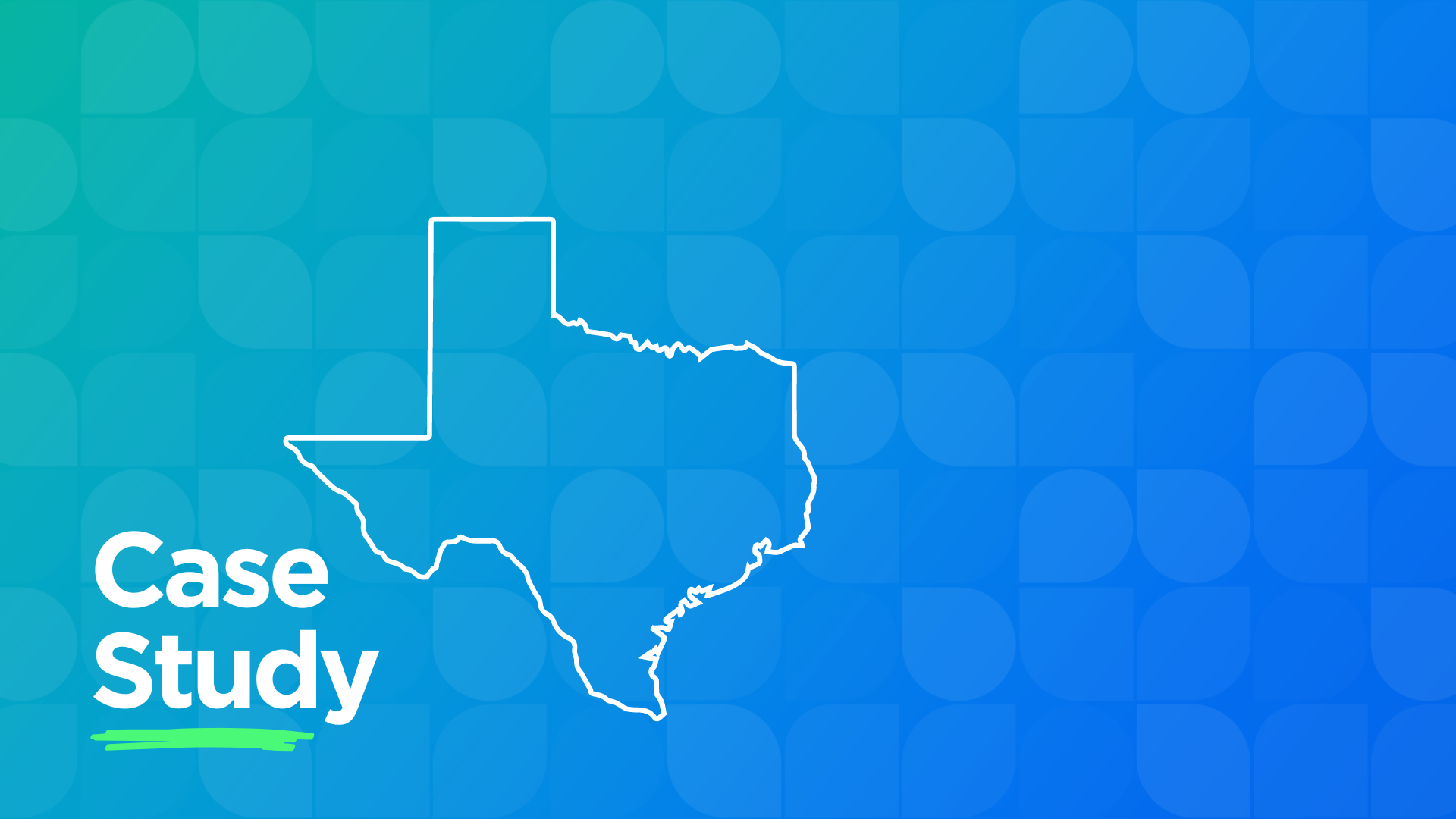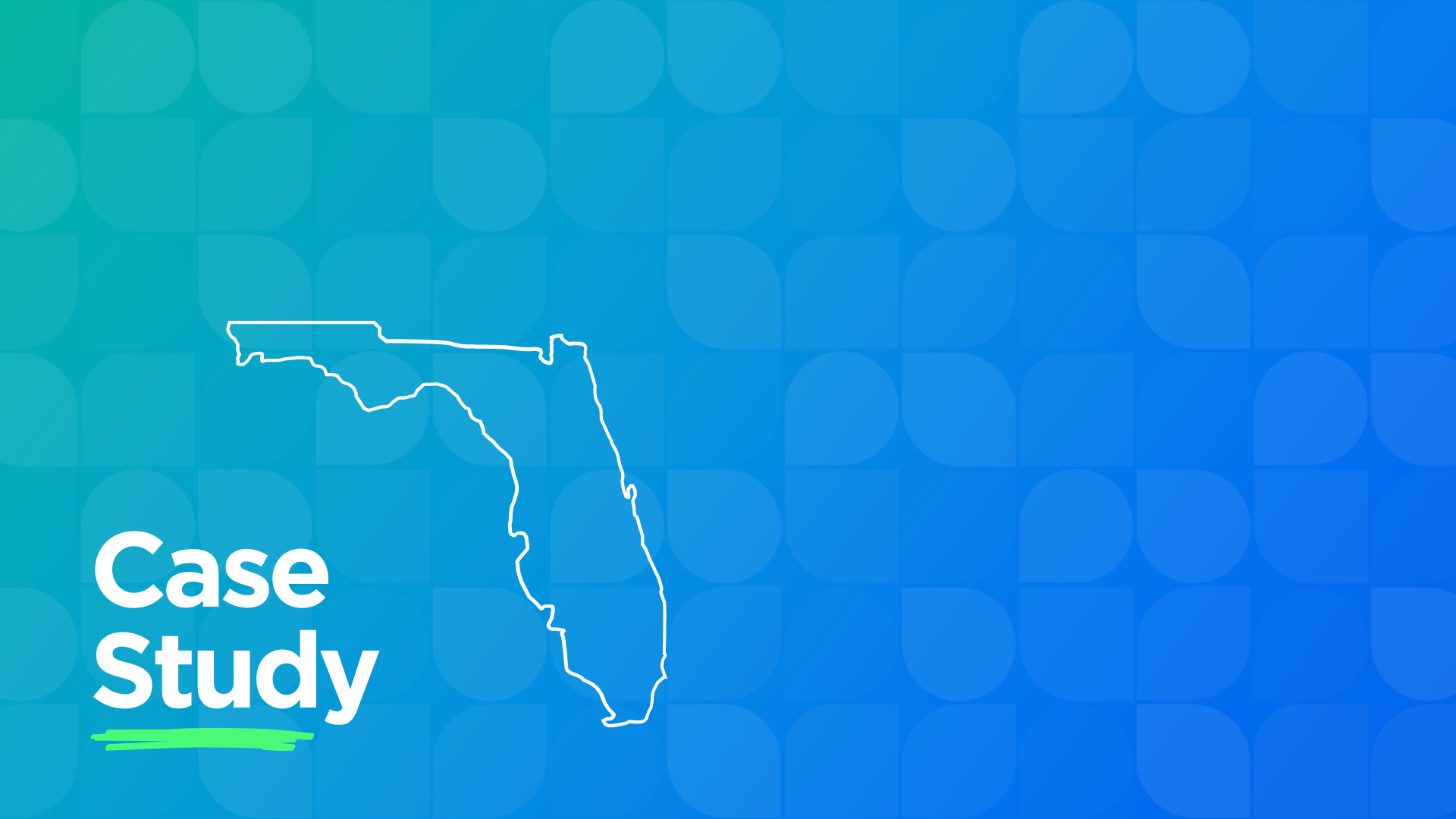Making School Choice Transparent and Accessible with a School Finder
Schools often vary dramatically in their academic offerings, pedagogy, activities, facilities, student supports, outcomes, and more — yet these differences are often far from clear to families viewing them from the outside.
Many schools are tight on resources when it comes to communicating their programs to the communities they serve. In turn, families may need to visit numerous websites and school offices to get answers to all of their questions.
Unfortunately, that is a burden that many simply cannot afford.
At SchoolMint, we believe every family should have access to transparent and accurate information about their child’s education, no matter where they live or what language they speak.
We launched SchoolFinder in 2015 to help families navigate the school choice process and improve communication across communities.
Our first two SchoolFinders — for Camden Enrollment (NJ) and Denver Public Schools (CO) — have already supported thousands of parents through their school choice processes.
Genny Orr, product marketing manager at SchoolMint, interviewed Victoria Pacchiana-Rojas, product manager for SchoolFinder, to learn more.
Genny Orr (GO): To start, can you tell us about what drew you to SchoolMint and this role?
Victoria Pacchiana-Rojas (VPR): My first job was in educational publishing, and I’m passionate about making learning more accessible, open, and diverse. In 2012, I moved into edtech and joined Log(n) — which later evolved into SchoolMint — to do marketing and product management.
When SchoolMint launched in 2013, it was really a dream company and position for me. I love that SchoolMint is focused on using technology to influence education at the most fundamental level: access.
This is a creative and a technical role, but it’s also really about education policy.
GO: In a nutshell, what is the School Finder?
VPR: SchoolFinder is a search tool to help parents find the best school for their child. Parents or guardians can use the Finder to understand which options they have when picking a school for their child, compare those schools against each other, and sign up for newsletters or events to inform their decision processes.
Where school choice exists, it’s only meaningful if parents know how to participate. That’s what SchoolFinder is about.
GO: How did the idea of the SchoolMint School Finder come about?
VPR: It started in 2013, when the city of New York realized that it needed to improve access to and participation in its high school choice system. New York’s system offered many school options, but it also proved complex and difficult for families to navigate, with different programs, admissions methods, and criteria at each school.
Meanwhile, many kids were the only English speakers in their families, and they were often the ones navigating and making school decisions.
To support these families, an organization in New York City partnered with Log(n), SchoolMint’s predecessor, to create an app for students to look at high schools. We designed it to be engaging so that it felt like a game but also allowed students to learn about different school programs and eventually apply.
By the time SchoolMint started, we knew from the New York experience that there was a real need for this type of thing. That’s how we started playing a much bigger role in school choice and unified enrollment.
GO: What do you see as the main benefits of SchoolFinder for school districts?
VPR: The biggest thing is that SchoolFinder allows districts to improve families’ access to and experience with school choice, which is a huge priority for many of our partners. It makes it easier to access parents where they are with the information they need.
The search component is great, but parents also really value the school profiles and having that information in a way that’s more clear and organized than most school websites are. Up until now, there hasn’t really been a platform for schools to build their own resumes. The Finder provides a high-level profile that gives quick, clear insight into what the school is about.
I’ll never forget when we were in Camden, and there was a dad there who was all over the profiles and really appreciated that he could see all of the performance information on one page. We’re doing a lot of the leg work for busy parents, and that’s very useful.
The other benefit is that it’s a relatively light-touch way for districts to get information out there that brings transparency to their school and offerings.
Building a School Finder helps district and school leaders to get on the same page about how they want to present themselves. Sometimes you might not realize the disconnects until you put something on paper and ask people to look at it.
Many schools are, for the first time, really digging into their data and thinking about who they are as a network or district, and what parents want to know.
GO: Is SchoolFinder designed for a particular type of district? Is it customizable?
VPR: Any district can use the School Finder. It doesn’t even have to be about school choice and search. It starts with information, and that’s important to parents in all school districts. We’ve even seen districts use their Finder as a more digestible replacement for an existing website.
All of the content is customizable — the schools, their branding, school information, photos, videos, etc. We have templates that we offer at the outset of a project based on previous projects and user research, but then it’s completely driven by what the school or district wants to present about itself.
GO: What’s the process for setting up a new School Finder for a city or district?
VPR: When we’re bringing a School Finder to life, we spend a lot of time in the beginning in parent focus groups and school user groups. We work with a district’s communications team on marketing and branding as well as with the data and enrollment staff on the program information. We run through ideas with parents and families in the district, and we iterate on our designs and plans based on what they say.
Post-launch, we do usability studies and track usage of the Finder by different sub-groups so that we can continue to enhance the Finder experience.
GO: What are some of the insights that have come out of the parent focus groups?
VPR: Our focus groups have reinforced the importance of usability and access in every aspect of the Finder design. That means spending a lot of time looking at the readability of our website and being thoughtful about different language backgrounds and levels of familiarity with technology. We partner with cities like Camden, Oakland, and Denver that have very diverse populations.
We can’t assume that all of our families speak English or feel comfortable using websites, so we spend a lot of time on design and make updates every year as we learn more.
For example, we used to use an “X” icon to close out of a window. Now we write out the word “close” instead since some users weren’t familiar with the “X” and got stuck.
GO: What data do you look at to assess the impact that a School Finder is having?
VPR: I think a lot about engagement with the School Finder. When we launch, I want to see whether parents are using it, how long they are spending on the site, whether they’re looking at individual schools and marking favorites, etc.
The Finder is often just the first stage of a unified enrollment or common application process, so we track the whole funnel from search to application to acceptance and enrollment.
In other words, when a parent looks at a profile, do they ultimately end up enrolling in that school? One takeaway is that a district’s buy-in to promoting a Finder and spreading awareness to families is really important to make an impact.
GO: What are you most proud of as Product Manager for the School Finder?
VPR: I absolutely love launching new Finders. It’s such an exciting moment in any district’s path toward transformation. You start out with all of this school data being developed in different places, and it’s not clear how it’s going to take shape.
Then as you go through the work and connect the dots, this story about each school emerges and it’s so exciting to see parents engage with that story. These aren’t easy problems that we help districts grapple with, but it’s so rewarding when we get it right.
GO: Finally, what’s coming down the pike next for SchoolFinder?
VPR: We’re working on a few things. We’re adding more tools for schools to message families about events and timelines, and we’re improving our language translation management.
The part I’m most excited about is our matching algorithms, which is a fancy term for helping parents find the information that’s most relevant to them based on their preferences.
Last year, we introduced the guided search concept to help families find the schools that are the best match for their kids by answering some simple questions about their child and preferences.
That’s been really useful, but I think we can go further with the algorithms in the future to do smarter matching that reflects how different types of parents make decisions.
Interested in SchoolFinder for your district?
Share this
You May Also Like
These Related Stories

Spring Branch Independent School District: Streamlined School Choice Boosts Parent Happiness

Going Mobile: Raising the Bar on Parent–School Communications



